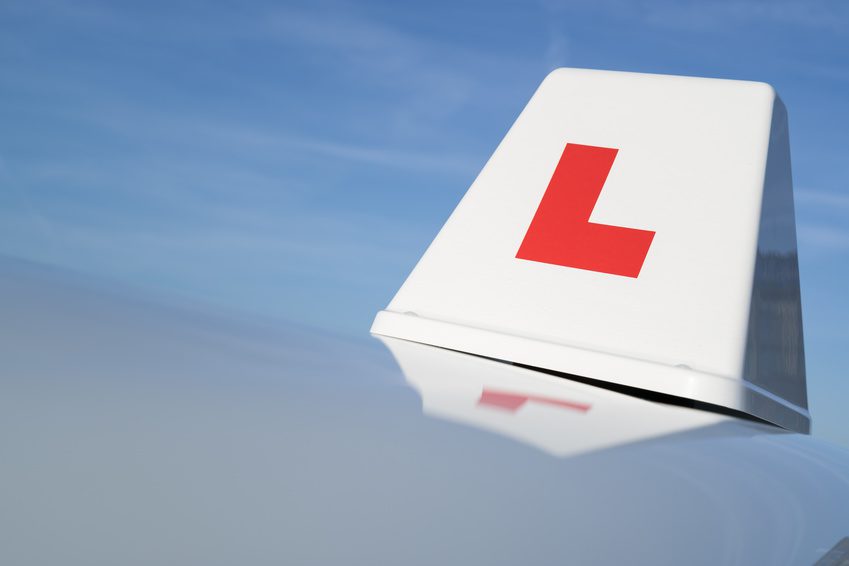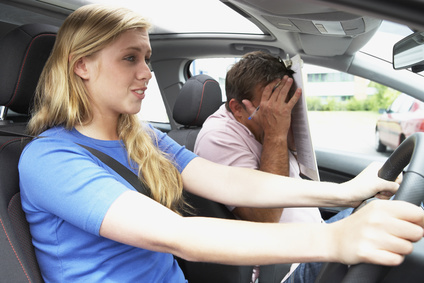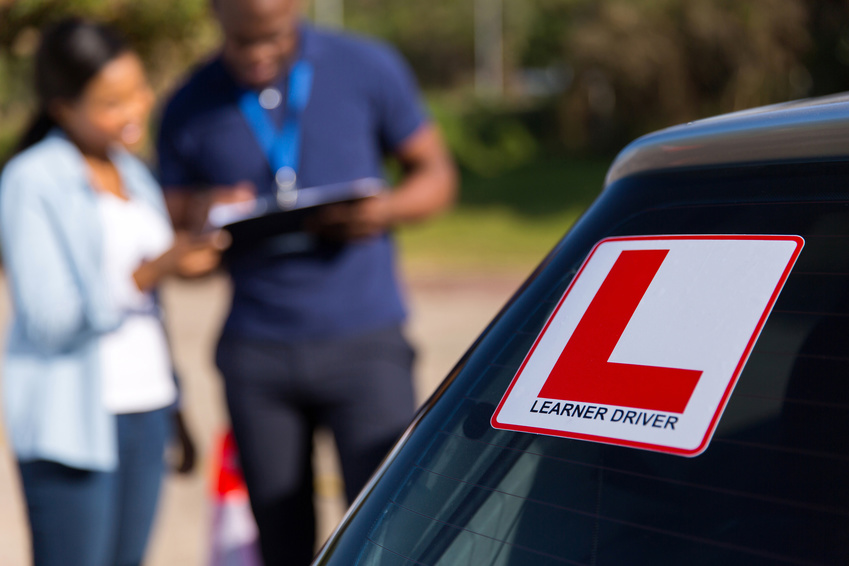The Driving Test Faults – What you need to know!

The Driving Test Faults – What are they?
Understanding driving faults and how to avoid them before taking your driving test is essential. Naturally, mistakes happen, but it’s always best to differentiate between the serious ones and the not-so-serious ones. So let us breakdown
It is important to know them and prepare for them so you know the behaviours and actions to avoid!
What is a Driving Fault?
In simple terms, a fault in your test is when you don’t meet the expected driving standards. The causes can range from not checking your mirrors when setting off to hitting the curb whilst completing a parallel park.

What are the types of Driving Faults?
The faults can be divided into three categories:
Dangerous Fault – Something that may threaten you, the examiner, or the public or cause damage to a property
Serious Faults – Something that could cause danger
Driving Faults – A fault that was not potentially harmful, but could have become a dangerous one if it was repeated
Both dangerous and serious faults are considered major faults. These would result in an immediate failure on your driving test, so it’s very important that you avoid them!
The last type of fault is called a “minor fault”. Unlike the major fault, these will not result in an instant failure. However, if you have more than 15 driving faults, you will get a fail. The examiner will also be likely to fail you if you commit the same type of driving fault repeatedly.

Examples of Driving Faults
Minor driving faults can occur for several reasons. Some of these include:
Stalling
Hesitation
Poor clutch control
Incorrect speed
Not signalling correctly
Serious fault examples
Here are some examples of serious mistakes made during practical tests:
Not checking mirrors before turning
Moving off without checking mirrors or blind spots
The positioning of junctions
Traffic lights disobeyed by drivers
Dangerous fault examples
You risk your safety and the safety of others if you commit a dangerous driving fault in your test. If you make any, you’ll fail instantly, and the examiner may have to intervene to prevent an accident. Here are a few examples:
Changing lanes without checking blind spots causes a vehicle to swerve, slow down, or stop
Examiners were forced to use their brakes when driving through a zebra crossing while a pedestrian was waiting to cross
Mounting the pavement

Don’t beat yourself up!
Although it is important to get to know all these faults and try to avoid them, it is equally as important to not beat yourself up if you do end up failing on one of these faults. It happens and is totally normal, the best thing you could possibly do is learn from the mistake and try not to lose confidence!
More Information: Safely Insured Website | Get a Quote | Call Us
Stay updated: Follow our Instagram | Follow our Facebook | Follow our Twitter



